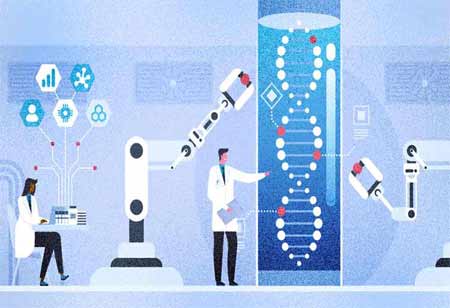Thank you for Subscribing to Healthcare Business Review Weekly Brief
Key Benefits of Robotics in Healthcare

Be first to read the latest tech news, Industry Leader's Insights, and CIO interviews of medium and large enterprises exclusively from Healthcare Business Review
Thank you for Subscribing to Healthcare Business Review Weekly Brief

By
Healthcare Business Review | Thursday, February 02, 2023
Stay ahead of the industry with exclusive feature stories on the top companies, expert insights and the latest news delivered straight to your inbox. Subscribe today.
Robotics in Healthcare comes with numerous advantages, such as taking part in surgical procedures, improving patient care, and enhancing the safety of the work environment.
FREMONT, CA: The use of robots in the medical field is transforming how surgeries are performed, streamlining supply delivery and disinfection, and allowing healthcare specialists to focus on engaging with and caring for patients.
Surgical assistance was provided by the first robots in the medical field in the 1980s. As artificial intelligence (AI)-enabled computer vision and data analytics have evolved, medical robots have expanded their capabilities into many other areas of healthcare.
In addition to operating rooms, robots are now used in clinical settings to enhance patient care and support healthcare workers. For example, hospitals and clinics are using robots to reduce exposure to pathogens during the covid-19 pandemic.
Robotics and automation are also used in research laboratories to automate manual, repetitive, and high-volume tasks so that technicians and scientists can concentrate on more strategic tasks that accelerate discovery.
The benefits of medical robotics include streamlined workflows and risk reduction. In infectious disease wards, robots can, for example, clean and prep patient rooms independently, limiting person-to-person contact. Hospitals can reduce the time it takes to identify, match, and distribute medicine by using robots with AI-enabled medicine identifier software.
As technology evolves, robots will become more autonomous, eventually performing certain tasks entirely on their own. Consequently, doctors, nurses, and other healthcare workers will be able to spend more time directly caring for patients.



